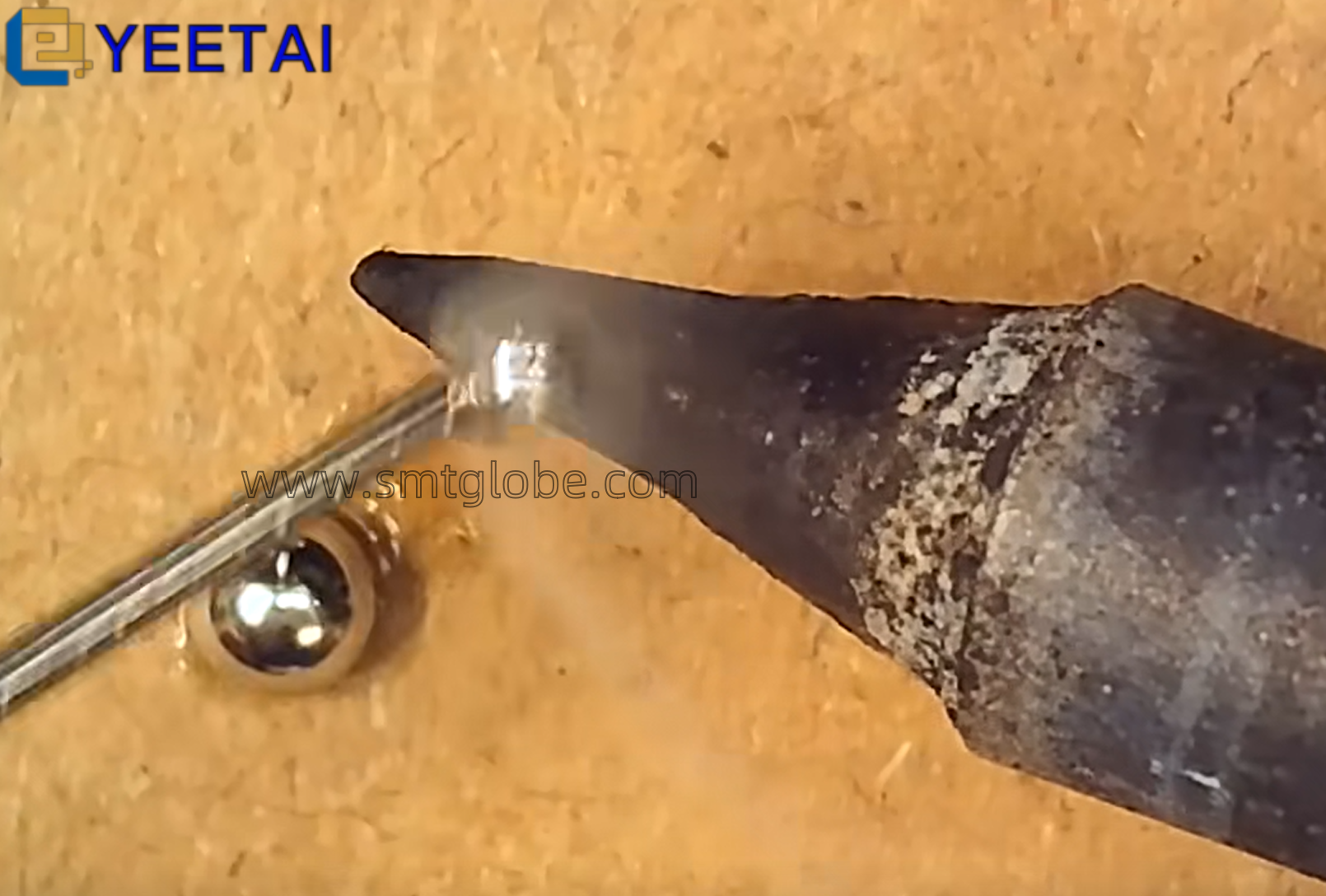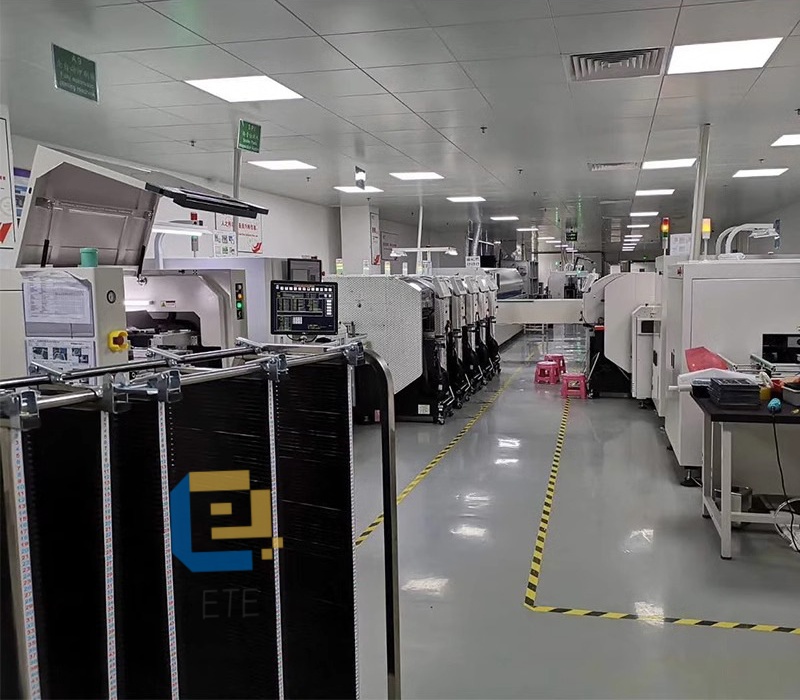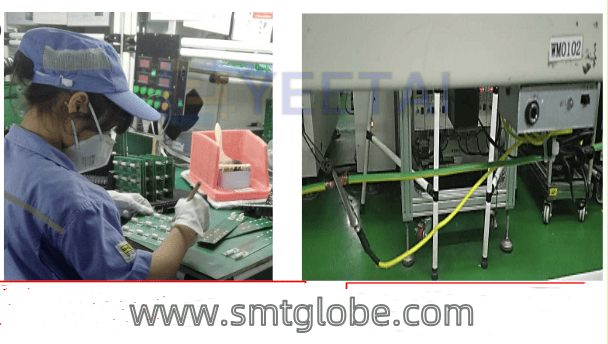In the SMT (Surface Mount Technology) industry, the feeder, often referred to as a “feeding device” or “material handler,” plays a vital role in the efficiency and effectiveness of pick-and-place machines. The feeder is one of the key components that significantly influences mounting capacity and production efficiency. In fact, some SMT machines mark their capabilities by the number of feeders they can accommodate.
What is a Feeder?
Feeders are devices that supply components to the pick-and-place machine according to specific instructions. They are designed to accommodate various types of packaged components since different components utilize different packaging styles. Below, we will explore the main types of feeders commonly used in the market today.
Types of SMT Feeders
1. Tape Feeder
Tape feeders are the most commonly used standard feeders in pick-and-place machines. Traditional structures include:
- Wheel type
- Claw type
- Pneumatic type
- Multi-spacing electric type
The modern evolution has led to high-precision electric feeders, which offer better precision, faster feeding speeds, more compact structures, and enhanced stability. This advancement has significantly boosted production efficiency.
Common widths for tape feeders include 8mm, 12mm, 16mm, 24mm, 32mm, 44mm, and 52mm, with pitch sizes of 2mm, 4mm, 8mm, 12mm, and 16mm. Reel diameters are typically 7 inches and 13 inches.
2. Stick Feeder (Vibration Feeder)
Also known as a vibrating feeder, this type works by loading components freely into a formed plastic box or bag. Components are then sequentially fed into the pick-and-place machine using vibration mechanisms. This feeding method is primarily used for MELF (Metal Electrode Leadless Face) and small-outline components and is suitable for non-polar rectangular and cylindrical components, but not polar components. However, vibration feeders are generally more expensive.
3. Tube Feeder
Tube feeders utilize vibration mechanisms to ensure that components continuously enter the pick-up position in the tube. This feeding method is commonly used for PLCC (Plastic Leaded Chip Carrier) and SOIC (Small Outline Integrated Circuit). Tube feeders offer good protection for component leads but often have poorer stability and efficiency.
4. Tray Feeder
Tray feeders can be classified into single-layer and multi-layer structures. The single-layer version is directly mounted on the machine’s feeder rack and occupies multiple positions, suited for scenarios with limited tray materials. Multi-layer tray feeders utilize automated transfer for multiple trays, occupying less space with a more compact structure, ideal for setups requiring many tray-based components, typically various IC (Integrated Circuit) elements.
When using tray feeders, it is crucial to protect the outer exposed components during transport and operation to avoid mechanical or electrical damage. The tray sizes for components like TQFP (Thin Quad Flat Pack), PQFP (Plastic Quad Flat Pack), BGA (Ball Grid Array), TSOP (Thin Small Outline Package), and SSOPs (Shrink Small Outline Package) can reach 150mm x 330.2mm, with a height of 25.4mm.
5. Vibration Bowl Feeder
Vibration bowl feeders are specialized feeders that often require customization. They can efficiently orient components and prepare them for use in the pick-and-place process.
Conclusion
Feeders are essential components in SMT pick-and-place machines that directly impact production efficiency and overall assembly quality. Understanding the different types of feeders and their specific applications allows manufacturers to choose the most suitable feeding solutions for their processes. As technology advances, these feeders will continue to play a critical role in the electronics manufacturing industry, enhancing productivity and precision.
At YEETAI, we produce all kinds of feeder to upgrade SMT machines.



